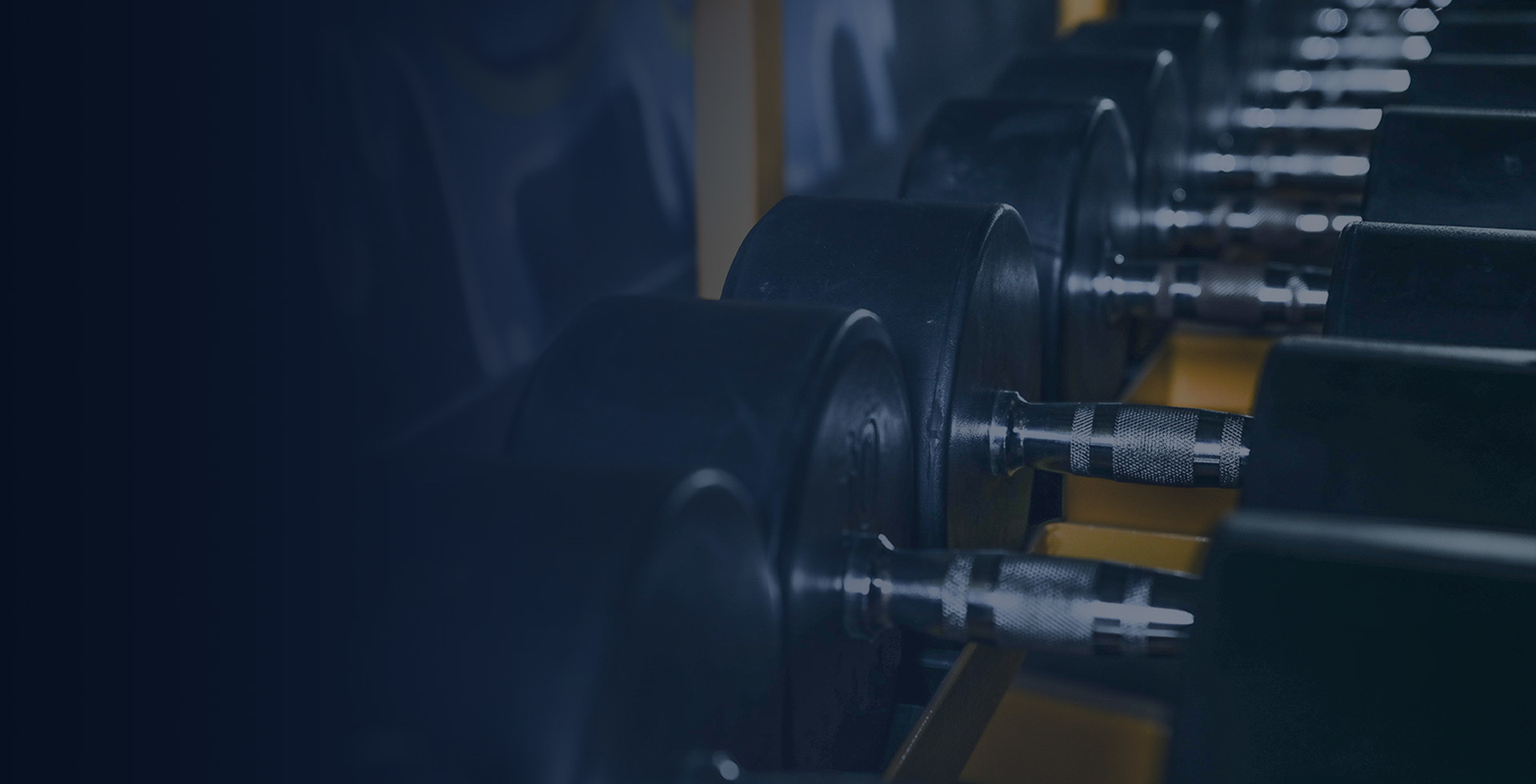
What is weight training
发布时间:
2022-06-07 16:43
What is weight training
What is weight training
Weight training is a type of strength training that uses weights to increase resistance. By putting pressure on the muscles with free weight exercises like barbells and dumbbells or using weights, these exercises activate the muscles and make them stronger.
Effective weight training depends on the right technique. You can learn weight training techniques by watching friends or other people at the gym -- but sometimes what you're seeing may not be safe or really effective. Incorrect weight training techniques can hinder your weight training by causing sprains, strains, fractures, or other injuries.
For safety reasons, new members are advised to schedule a training session with a personal trainer before starting a weight training program. By learning proper technique and a variety of training equipment, you can decide which sport you like best and which suits your fitness needs. Your trainer will help you develop the most effective and balanced training program for yourself.
If you've been using strength training in your existing training program for a while, you might also consider scheduling a time to demonstrate your technique with a trainer and identify any changes you need to make -- elevate your existing training to a new level.
Careful
Always start with a lighter weight. This is crucial to enable you to work on form and technique first, rather than immediately using brute force. When you learn to lift properly, you also reduce the chance of tension and injury.
Also, if you are unsure of any aspect, research by reading and watching videos does not clarify your doubts, always seek the help of a fitness professional to teach you the correct technique and come up with a suitable fitness program. Not only does your personal weight training plan include your goals, it also takes into account any existing medical conditions and physical limitations you may have.
Choose your weightlifting method
Choosing the right weightlifting method is important, not only at the beginning of your weightlifting habit, but as your program progresses. Choosing the right weightlifting method depends on several factors:
experience level
Adjust the level
specific goals
time limit
level of motivation
It's usually best to start with a relatively simple weightlifting method and keep it simple for the first few weightlifting sessions. As you progress, you may want to modify your program by implementing more changes. When you have more strength and confidence, and a better understanding of your body, you can do more fitness training techniques.
warm up and cool down
At the beginning of your weight training, to warm up, use a small amount of weight for your first few sets of exercises on your first set. Once your muscles are warmed up, then add heavier weights for the next few sets.
It's important to stretch after you've finished lifting weights. If you take a shower after every workout, you may be fooling yourself into not reaching your full strength potential.
Many people often feel that stretching is of no value to their training because it is less intense and not suitable for their goals. Instead, stretching can make you stronger. Stretching expands your range of motion, which will indirectly help increase muscle strength, which will transfer to your weightlifting. When lifting a larger movement pattern, more muscle fibers are activated, thereby strengthening your muscles.
Precautions
Keep your back straight when you lift.
Use proper weightlifting techniques when moving heavy objects around the room.
Wear good traction shoes.
Always make sure that the equipment you are using is intact.
Don't hyperventilate (inhale and exhale quickly) or hold your breath when you lift heavy objects. You may faint and lose control of your weight. Exhale as you lift.
If you feel pain, do not continue lifting weights. Stop this painful exercise for a few days, or try to lose weight.
Don't lift more than you can handle.
Don't lift heavy objects without an observer (the person who helps you lift them) and don't push more than you would normally be safe.
Previous page
Next Page
Previous page
Next Page
Related Suggestion
Feedback
Mobile version

Lixing Machinery
Contact: Miss Li
Tel:+86-513-86821388
Fax:+86-513-86875536
Email:info@ntslxjx.com
Add:Group 7, JinzhuangCommunity, Shigang Town, Tongzhou District, Nantong
copyright © 2022 Nantong Lixing Machinery Manufacturing Co., Ltd.






